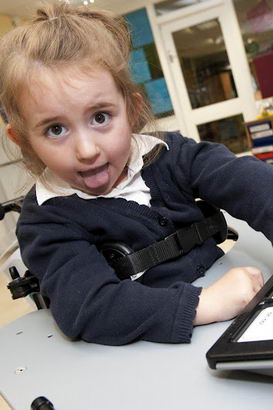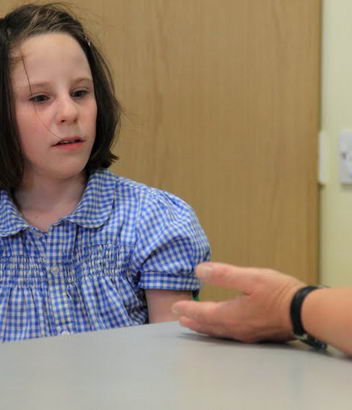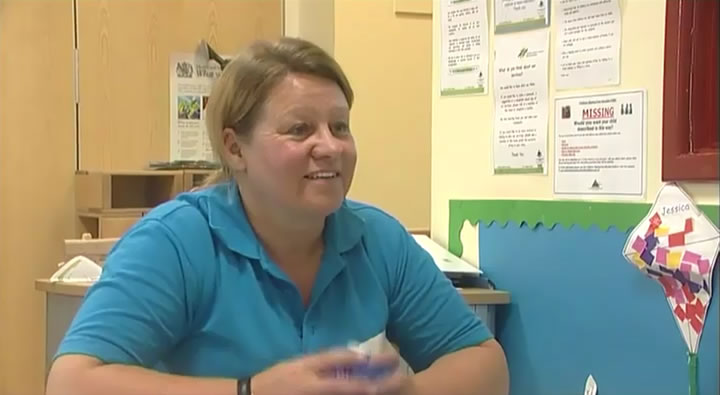Assessing children whose ability to communicate is limited can be difficult. It is essential for teachers to develop effective communication techniques in order to ensure that assessments are accurate and robust.
There are a number of ways in which staff can work with a young child in order to identify likes and dislikes and make an assessment of their understanding of these.
Many children with PMLD are not able to use spoken language and, therefore, have alternative ways of communicating, such as through gestures, muscle tensions, a wink or a blink. These gestures may be interpreted in different ways, and their reactions to various situations are likely to differ from the norm.
Parents and carers find great difficulty in identifying appropriate ways to communicate with non-verbal children and the children become frustrated, especially if they have a tremendous desire to interact and socialise with others.

The only way some children can demonstrate their preferences, likes and dislikes is by reacting physically to what is presented to them. For example, if offered food, they may move it away with their hands, or spit it out.
These reactive communicative behaviours are often interpreted as challenging, and often misunderstood by the communication
partner and observers. Clearly, there is a real need for the development of communication systems to assist
all concerned.

Many methods have been developed for communicating with children who do not use speech, for example:
Picture Exchange Communication System (PECS) (www.pecs.org.uk)
Voice Output Communication Aids (VOCA) (see www.ace-north.co.uk ... infosheets.asp)
Intensive Interaction (II) (www.intensiveinteraction.co.uk)
Total Communication Approach (TCA) (see www.totalcommunication.org.uk)

Phoebe Caldwell's website has a video of her using intensive interaction with a youngster with autism. You should view this film to gain an understanding of this approach.
There is also a DVD of intensive interaction work that may be purchased from www.intensiveinteraction.co.uk.
Videos of intensive communication are included in other modules of these training materials.
The main aim of these communication techniques is to develop the child's communication skills to the highest possible extent and, consequently, to increase the child's participation in everyday life.
They also allow a child who does not use speech to use every possible opportunity to communicate, whether it is an unassisted
form of communication, such as natural body language, gestures and sign language, or an assisted form of communication, such
as a VOCA, where external support
will be required.
This video shows a teacher trying to establish a child's preferences for objects.
Try to establish the child's preferences
as shown.
What evidence is there of the child's language and communication skills? Note how the teacher tries to foster communication exchanges.

Try using the approach demonstrated in the video with a child that you know well. You may find it helpful to make a video record of the pupil interacting with you or someone else so that you can repeatedly view sections.
A written record should be made to describe the topography of the child's 'like/dislike' responses, what was offered as an experience and any contextual details that are significant.
How might this activity be consistently used with children in your context?
